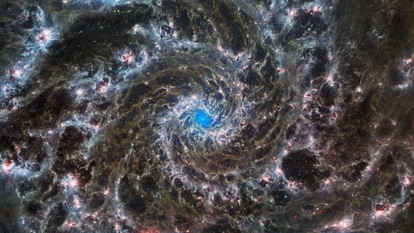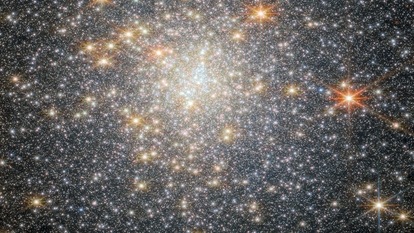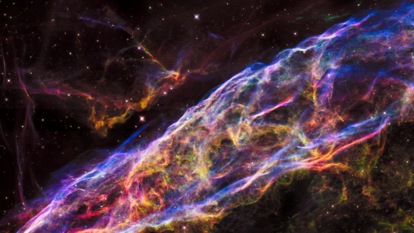BIGGEST black hole in the Universe is 66 billion times bigger than our Sun; meet TON 618
Which is the biggest black hole in the universe? Know everything in detail.

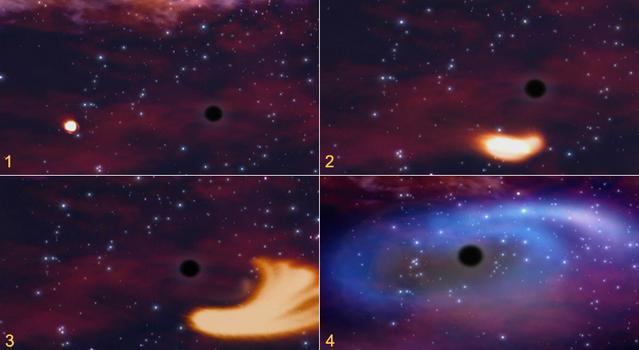

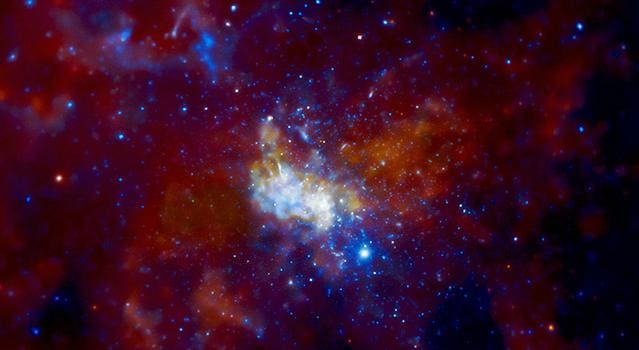
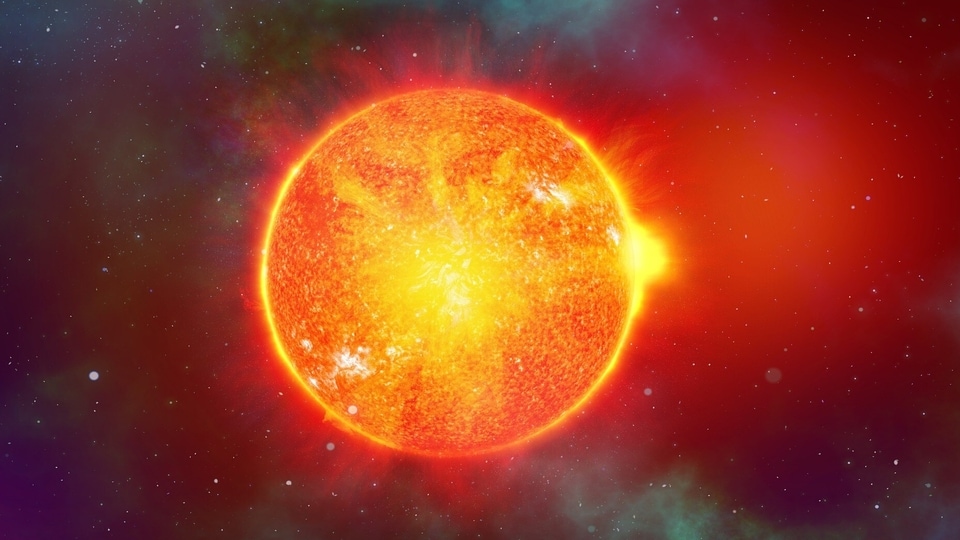

 View all Images
View all ImagesBlack Holes are one of the most interesting and yet horrifying astronomical objects! A black hole is pure terror! It is an enormous astronomical entity with an irresistible gravitational pull, so strong that not even light can escape it. When an object is consumed by a black hole, it vanishes without leaving any trace. Interestingly, black holes themselves are invisible to the naked eye; their existence can be seen by the effects they have on surrounding matter, NASA has explained. Asteroid sizes can vary. The lightest-known black hole is only 3.8 times the Sun's mass.
However, have you ever wondered, which is the biggest black hole in the universe? Known as TON 618, it is the most massive black hole observed so far in the Universe. NASA has revealed that it tips the scales at 66 billion times the Sun's mass! Know more about this massive black hole in the universe.
About the biggest black hole TON 618
Located at a distance of approximately 18.2 billion light-years from Earth, TON 618 can be found near the intersection of the Canes Venatici and Coma Berenices constellations. This distant object is responsible for powering a quasar, one of the most luminous entities in the known universe, shining with the radiance of 140 trillion suns. The remarkable brightness of quasars arises from the intense gravitational forces generated by a supermassive black hole at their center, which draws in vast amounts of light and matter, LiveScience.com reported.
Quasars are essentially supermassive black holes that are actively devouring matter. These black holes grow to colossal sizes through a process of merging with other black holes, as well as by gobbling up the material that surrounds them, the report added.
How scientists find black holes
As mentioned before, Black holes don't emit or reflect light, which makes them effectively invisible to telescopes. NASA says the powerful gravitational field of a supermassive black hole can influence the motion of stars in its vicinity, causing them to orbit in a distinctive pattern. By observing the orbits of numerous stars in the central region of the Milky Way, astronomers were able to confirm the presence of a supermassive black hole at its core.
Catch all the Latest Tech News, Mobile News, Laptop News, Gaming news, Wearables News , How To News, also keep up with us on Whatsapp channel,Twitter, Facebook, Google News, and Instagram. For our latest videos, subscribe to our YouTube channel.









